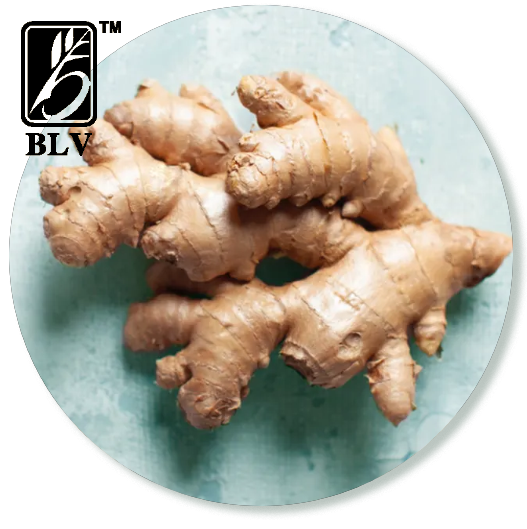Ginger

Ginger has been cultivated in India both as a fresh vegetable & also marketed as a dried spice. Ginger is the underground rhizome of a plant with Lanceolote leaves and spikes of yellow flowers, borne on stems. Dried ginger is obtained by peeling off the outer skin of the rhizome and drying in the sun after cleaning. Bleached ginger is obtained by coating the dried ginger with a solution of lime. The uncoated variety is called 'unbleached ginger'. Propagation of ginger is by portions of rhizome with one or two buds.
Ginger is grown throughout India. India is the worlds no 1 producer and has a share of about 35% of the total world production also it produces the finest quality of Ginger in world. Indian dry ginger is in two varieties, 'Cochin ginger (NUGC), and 'Calicut ginger'(NUGK). Ginger is pungent, hot , penetrating and slightly biting. Ginger is used as a tastemaker, flavourant and an appetizer. Every form of ginger- fresh, dried, pickled, preserved in syrup, powdered, crystalloid has been used. It adds a clean, fresh bite to seafood's, picks up flavor of blend foods, and cuts the fat of rich meat.
It is used as an ingredient in curry powder, cakes, and cookies etc. Ginger has medicinal values and is widely used as a digestive aid and to relieve seasickness, nausea and diarrhea. It is also used for lowering cholesterol, reducing arthritis pain & preventing stomach ulcers. Ginger tea is a pleasant drink, improves circulation, eases travel sickness.






